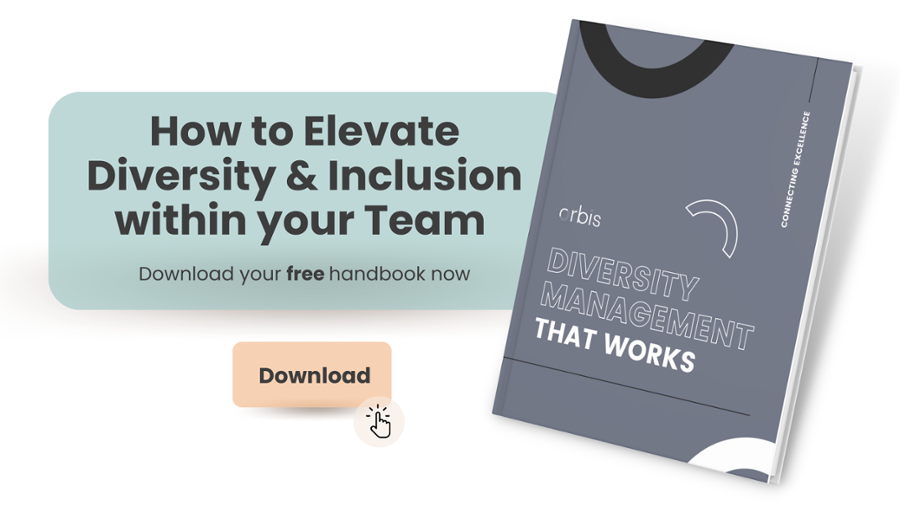
Sexism exists everywhere - whether it’s towards men or women. But, when we look at sexism as a whole, it’s used as a way to sell and capitalise whether in a corporate environment or advertising: sex sells.
Throughout years of gender inequality in popular culture, women’s movements have had considerable success in tackling issues of body image and sexism, but there’s still a lot to be done. There is a lot of false representation through only showing the idealised version of women through photoshop, editing, and lack of diversity.
But, what does this have to do with the workplace? Let’s unpack that.
Sexism can manifest itself in many ways, depending on your industry, location, age, and so on: there are multiple factors that can affect what degree of sexism you face, as well as how that culture and location view sexism. We’re going to focus on the UK and sexism for the purpose of this article.
The gender pay gap is influenced by sexism
The gender pay gap is a huge contributing factor, particularly in the UK that women face - and this is a by-product of sexism.
“The 2022 mean GPG (the difference between men's and women's average hourly pay) is 5.45% and the median is 9.71%. In monetary terms, the mean hourly difference in ordinary pay is £1.44 compared to £1.48 in 2021 and the median hourly difference is £2.41 compared to £2.68 in 2021” - Gov.UK
Although the UK is making good progress on closing the gender pay gap, let’s break down how sexism subliminally stops businesses from closing the pay gap quicker:
“Only 1 in 25 of CEOs in Britain's largest publicly listed companies are women, according to a new report. Analysis of senior leadership in the FTSE 350 largest companies listed on the London Stock Exchange showed 96% of CEOs are men.” - Sky
The above quote, pulled from an article written in late 2022, shows that 96% of CEOs are men. This statistic alone shows that the majority of organisations are built and run by men, particularly at senior and board levels. This means that the infrastructure and processes (and arguably a lot of the cultures) are built to serve men over women.
This statement should be taken with a pinch of salt, as there are a lot of organisations that hold themselves accountable and have fair and equitable environments, pay structures and progression opportunities for women, but the bottom line is the majority don’t. Whether it’s deliberate or not, it’s to be expected that there is still going to be a disparity between men and women in the workplace, and sexism affects this.
Language to describe men and women in the workplace
From job descriptions to how men and women are described verbally, unfortunately, this is rooted in sexism and society's perception of how men and women should be. Gendered and coded language can also fall into this bracket, which we spoke about in a recent piece [here].
For example, if a man is direct, he is considered assertive, but if a woman is direct, she can often be labelled as harsh, bitchy, or cold. This is because the behaviour of being assertive is mostly attributed to men in the workplace - and this is directly influenced by our understanding (externally from the media we consume and internally from the workplaces we’ve been in) of men and women in the workplace.
How can you tackle sexism as an employer?
Be aware of your biases
All of us have biases - whether that’s men or women in the workplace. Being aware of your biases and understanding where they’ve come from, whether this is social influence, sexism, the media you consume or the environment that you’re in - awareness is a great way to check yourself in a professional environment.
Our biases can be so small, the simplest things such as assigning a woman to take minutes in a meeting or asking her to make teas and coffees, through to bigger biases such as not hiring a woman around “child-bearing age” because you need someone to “hit the ground running” - don’t see your biases as something you inherently believe in, instead, it’s something that has been learned from society that you actively have to fight against every day.
Zero-tolerance policies
Silence is compliance, and if you fail to acknowledge or take action on sexist behaviour that is happening in the workplace - you, unfortunately, become compliant. There can be a lot of grey areas with this, which is why it can sometimes be challenging for businesses to make meaningful changes.
Instead, focus on creating policies that are zero-tolerance as well as strict repercussions for those who break or challenge those policies. For businesses that are still in their infancy (and may not have HR or a People function to help with this) there are external partners who can assist with policy creation or consultative advice so you can be set up to deal with these challenges from the get-go.



